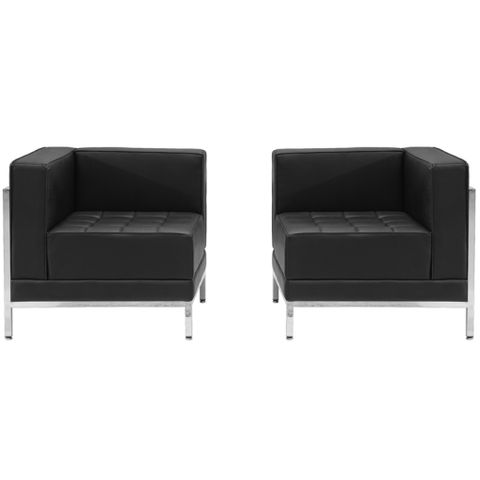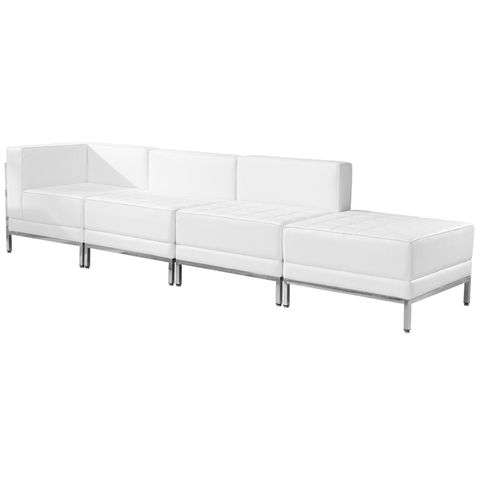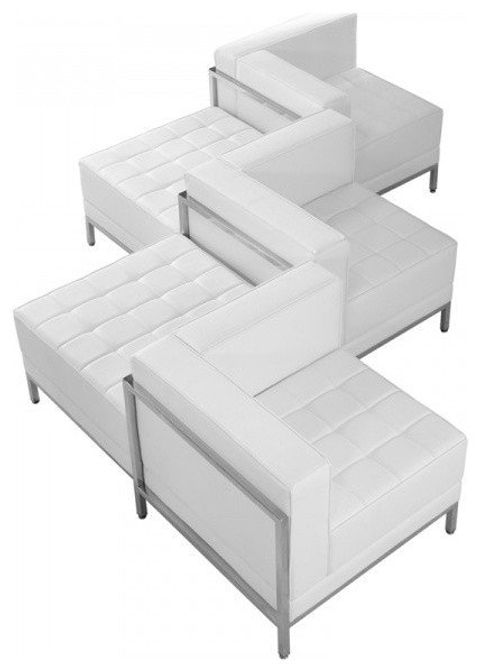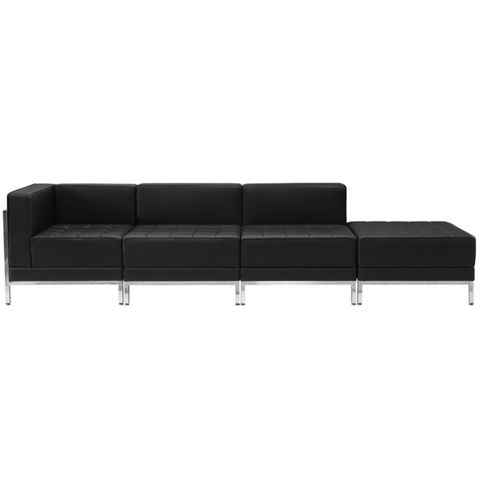Every time you settle into your favorite chair or gather around the coffee table, you’re participating in one of life’s most fundamental design decisions. The way we arrange our seating isn’t just about aesthetics—it’s about creating spaces that feel right for how we actually live. Whether you’re hosting friends for dinner or curling up alone with a book, the placement of your furniture tells a story about your lifestyle, relationships, and daily rhythms.
Think about your most comfortable room. What makes it feel just right? Is it the way sunlight streams through the windows? Maybe the cozy corner where you can read undisturbed. But often, the secret sauce lies in how the seating is positioned. It’s easy to overlook how much impact these arrangements have on our daily lives. After all, we spend hours sitting, lounging, and gathering in these spaces. The chairs, sofas, and benches aren’t just furniture—they’re the foundation of how we interact with our homes. This isn’t just about making things look pretty. When we get seating right, we’re designing experiences. We’re creating zones that encourage conversation or solitude, that make it easy to host guests or enjoy quiet moments alone. It’s the difference between a house that feels like a museum and one that feels like home.
The Psychology Behind Seating Positions
Our seating choices reflect more than just personal taste—they reveal deep psychological truths about how we want to connect with others and ourselves. When we position ourselves facing a group, we signal openness and engagement. This setup naturally encourages conversation and makes everyone feel included. On the other hand, when we sit in a circle or semi-circle, we’re creating intimacy. The arrangement literally shapes the dynamics of interaction. Consider how different seating layouts affect your social energy. Do you find yourself more animated when seated in a traditional dining setup versus a casual lounge arrangement? The answer might surprise you. Research shows that seating positions significantly impact communication patterns. People tend to open up more when they’re not facing away from others, and they’re more likely to share personal thoughts when they can see facial expressions clearly. This goes beyond just physical comfort. It’s about creating environments where people want to be vulnerable, to share stories, or simply to feel part of something bigger.
Creating Zones That Work For Your Lifestyle
Not every room needs to serve the same purpose, and smart seating arrangements help us carve out distinct areas within larger spaces. A living room might need zones for reading, watching TV, and socializing. The key is recognizing how different activities require different spatial setups. Think about your typical day. When do you want to be social? When do you prefer to retreat? When you place your seating strategically, you’re essentially programming your space to support your habits. For example, if you love reading, positioning a comfortable chair near a window with good light creates an ideal zone. If you entertain frequently, arranging seating in a way that allows easy movement between rooms helps maintain the flow of conversation. The magic happens when you consider how the room itself influences your behavior. A large sectional sofa might encourage group gatherings, while a couple of armchairs facing each other could foster intimate discussions. It’s about matching the physical environment to your mental state and desired activities.
The Flow of Movement and Traffic Patterns
Seating arrangements must consider how people move through space. If you’ve ever tried to navigate around a room where furniture is placed haphazardly, you know how frustrating it can be. The path from the kitchen to the dining area should be clear, and chairs should allow easy access to doorways and windows. This isn’t just about avoiding collisions—it’s about making your space feel effortless to use. When people can move naturally through a room, they’re more likely to enjoy spending time there. Imagine trying to have a conversation while constantly having to step over a misplaced chair or squeeze past a couch that blocks your path. It creates friction that makes even simple interactions feel difficult. Good flow means considering not just where chairs go, but also how they relate to walls, windows, and other elements. A well-planned seating arrangement ensures that traffic flows smoothly, allowing for both privacy and accessibility. This is especially important in smaller spaces where every inch matters.
Comfort Levels and Body Mechanics
What seems like a simple choice—where to put a chair—actually involves understanding how our bodies work. Different seating positions can either support or strain our posture, affecting everything from back pain to overall comfort. A chair positioned too far from a table might force you to lean forward uncomfortably, while one placed incorrectly can cause neck strain during reading. The height of your seating relative to surrounding surfaces matters more than you might think. A dining chair that’s too low forces you to hunch over your meal, potentially causing discomfort that builds throughout the day. Similarly, placing a reading chair too close to a window might mean you’re constantly adjusting your position to avoid glare. Comfort isn’t just about soft cushions—it’s about how your body interacts with the space. This is particularly important for people who spend long hours in their living spaces. A well-positioned chair can prevent chronic discomfort, while poor placement can lead to persistent issues. It’s worth noting that ergonomic principles apply to home seating just as they do to office environments.
Social Dynamics and Conversation Flow
The arrangement of seating directly impacts how conversations develop and evolve. When everyone sits in a circle, it naturally levels the playing field. No one feels like they’re sitting in the ‘wrong’ spot, and everyone can participate equally. This setup works beautifully for family dinners or small group discussions. However, sometimes we want to create a hierarchy of attention. Positioning chairs in a semicircle with the main speaker at the center can guide conversation toward a particular focus. This is especially useful for hosting guests or discussing important topics. The distance between people also plays a role in communication comfort. Too much space can feel cold, while too little can feel invasive. Finding that sweet spot where people feel connected but not crowded is an art form. Think about your own experiences—when have you felt most comfortable in a group setting? Often, it’s when the seating arrangement made you feel like you could contribute without feeling overwhelmed. These subtle changes in positioning can turn a casual gathering into a memorable experience.
Lighting and Environmental Considerations
Natural and artificial lighting interact with seating arrangements in ways that profoundly affect mood and function. A chair positioned where it catches morning sun can become your favorite reading spot. Conversely, placing a seating area directly under a harsh overhead light might make it uncomfortable for extended use. The quality of light affects not just visibility but also how we feel in a space. Soft ambient lighting combined with strategic task lighting creates layers of comfort that make seating more appealing. Consider how different times of day change your relationship with a particular chair. Does it feel welcoming in the evening but uninviting in the afternoon? This might be due to how the light hits the space. Also, think about how seating placement affects views and access to natural elements. A chair positioned to face a garden or water feature can enhance relaxation. The interplay between furniture, light, and environmental features creates a sensory experience that goes far beyond visual appeal.
Seating arrangements might seem like a small detail, but they’re actually the backbone of how we live in our homes. They shape our interactions, influence our comfort levels, and even affect our moods. When we thoughtfully consider where to place our furniture, we’re investing in the quality of our daily experiences. Every chair, every sofa, every bench becomes a decision point in creating spaces that truly serve us. The next time you rearrange your living room or choose a new chair, remember that you’re not just selecting furniture—you’re designing your lifestyle. These arrangements tell a story about how you want to spend your time, how you want to connect with others, and what kind of environment supports your well-being. It’s not about perfection or following rigid rules. It’s about finding what works for you and your unique way of living. The best seating arrangements are those that make you want to stay in your space, whether you’re alone or surrounded by people. They create a sense of belonging that makes your home feel like a true sanctuary.














